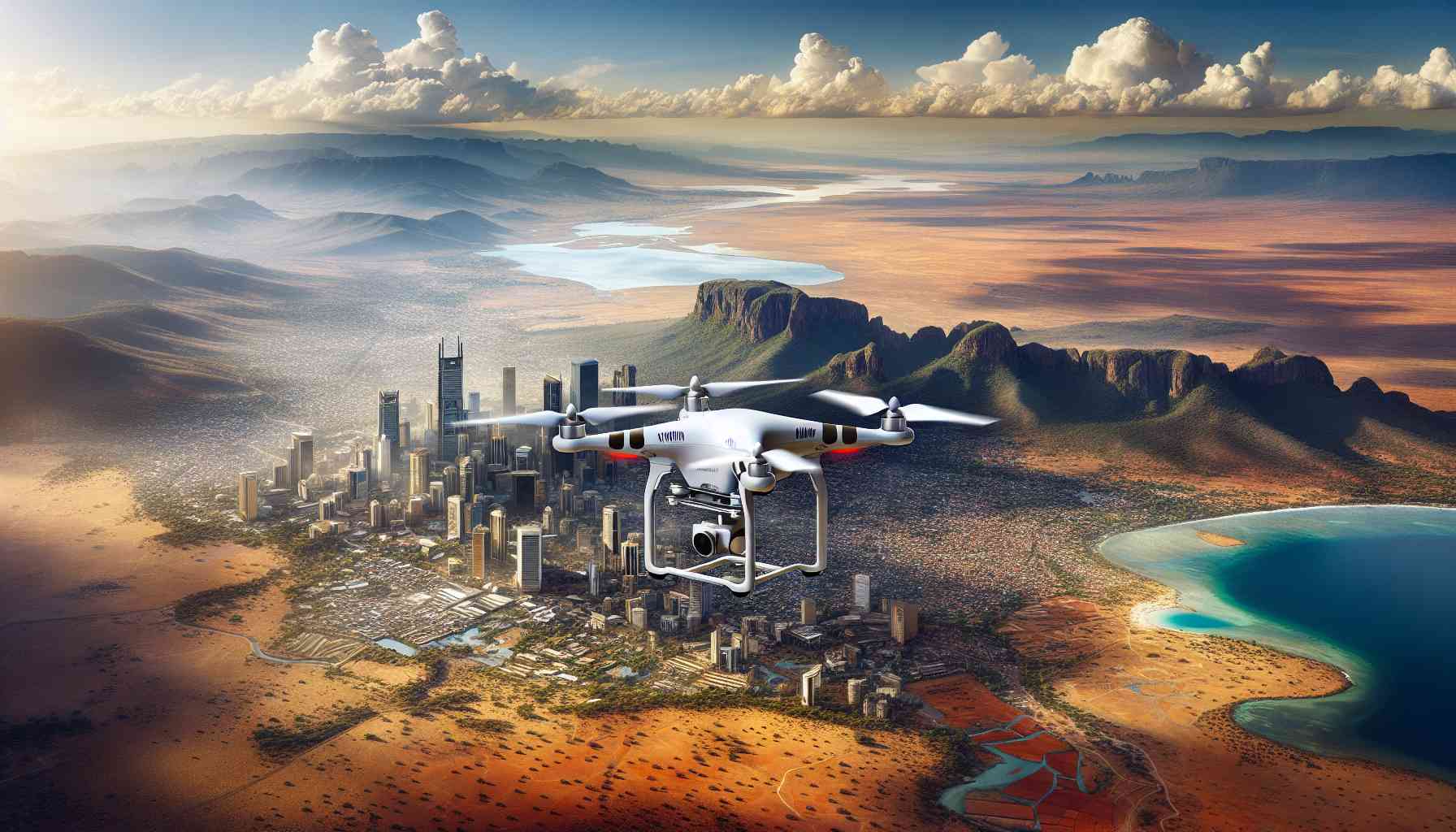Airbus, a European aircraft manufacturer, intends to establish its first communication centre for its Zephyr high-altitude drones in Laikipia County, Kenya, via its high-altitude satellite building subsidiary, AALTO HAPS Ltd.
Operation is slated to open “at the beginning of next year and begin serving customers in the third quarter,” according to a news article.
Vice President of AALTO PORT Operations Tom Guilfoy states in the document that Kenya is being considered for the port due to: “the weather, the wide open spaces, the uncongested airspace, the stable government, the economic environment, and the well-educated, young, tech-savvy population.”
In addition to offering almost a thousand work possibilities, the centre will promote internet use locally. This high-speed internet technology has the potential to completely change internet speeds and accessibility.
Read also: Airbus, BMW challenge launch “The quantum computing challenge”
How Airbus would operate
Notably, rather than selling directly to consumers, Airbus will collaborate with national telecom service providers to promote accessibility. The report also states that the officials aim to provide internet service to 3% of the nation, particularly those residing in distant locations, and that they have already met with Telkom Kenya Ltd. and Safaricom Plc.
However, before a full rollout and subsequent commissioning, Airbus needs permission from the nation’s aviation, meteorological, and communications agencies. According to previous information from Airbus on its website, the drones will formally begin commercial operations in 2024.
When taking into account current offers like Elon Musk’s SpaceX, which operates at an altitude of about 550 kilometres above Earth, Zephyr is the lowest Earth-orbit satellite network. Zephyr is a fixed-wing High Altitude Platform Station (HAPS) UAV with a stratospheric range of roughly 20 kilometres above Earth.
The technology’s revolutionary fast speeds and connectivity ranges are described in detail on AALTO’s website, including its “coverage of 7,500 square kilometres, which is the equivalent of up to 250 towers on the ground.”
The Zephyr drones have a maximum flying duration of 200 days and a maximum stay of 64 days and nights in the stratosphere. These special qualities could allow them to take the place of cell phone towers.
On the website, the developers also clarify that HAPS is a great alternative for Africa because it will function on a direct-to-device (D2D) basis with less than ten milliseconds of latency and 5G non-terrestrial internet connectivity. Every year, AALTO HAPS intends to construct fifty to seventy-five of these drones.
According to estimates from the World Bank, over 50% of Africans lacked access to broadband internet in 2022.
Telecom penetration in Africa
Airbus is the latest in a long line of international internet tech firms aiming to transform the adoption of high-speed internet by focusing on the Stratosphere. In Africa, the competition to offer dependable and quick internet access to rural communities has gotten more fierce.
A number of recent developments indicate a surge in activity in this emerging technology, including the announcement of Amazon’s Project Kuiper, the launch of Starlink’s satellite internet offering in Africa, and Safaricom’s partnership with AST SpaceMobile, which provides space-based internet connections on regular mobile devices.
Amazon is exploring new services for businesses, including backup connectivity and support for remote infrastructure, and is collaborating with Vodafone to expand Project Kuiper’s broadband to communities around the world with restricted access.
In October, the government of Rwanda collaborated with Japanese investor SoftBank Corp. to test the video stream’s transmission over HAPS 5G to Japan by an unmanned aerial aircraft situated in the Stratosphere.
Delivering 5G connectivity on a solar-powered HAPS UAV prototype in the Stratosphere for over 73 minutes at a maximum height of 16.9 km was a successful test.
Additionally, SpaceX’s Starlink is expanding its distribution and coverage throughout Africa; the most recent additions brought the service to seven nations. These include Benin. It has joined forces with e-commerce giant Jumia to expand its satellite internet service throughout the continent, beginning in Kenya and Nigeria.
Emerging competitors claim to use high-altitude technology to provide high-speed internet from space, even in crucial regions like South Africa, where regulatory obstacles restrict market access for big players like Starlink.
OneWeb, a French satellite operator and a subsidiary of Eutelsat, “is set to introduce its low-earth orbit (LEO) broadband service in South Africa, its first market on the continent,” according to My Broadband.
All of these advancements may hasten the adoption of mobile internet and boost internet speeds throughout Africa. Africans are already clamouring for faster mobile internet connections, according to available data.
According to the GSMA’s State of Mobile Internet Connectivity 2023 study, Africa accounted for over half of all global 4G network expansions in 2023, up from 58% in 2021 and 65% (excluding North Africa).











